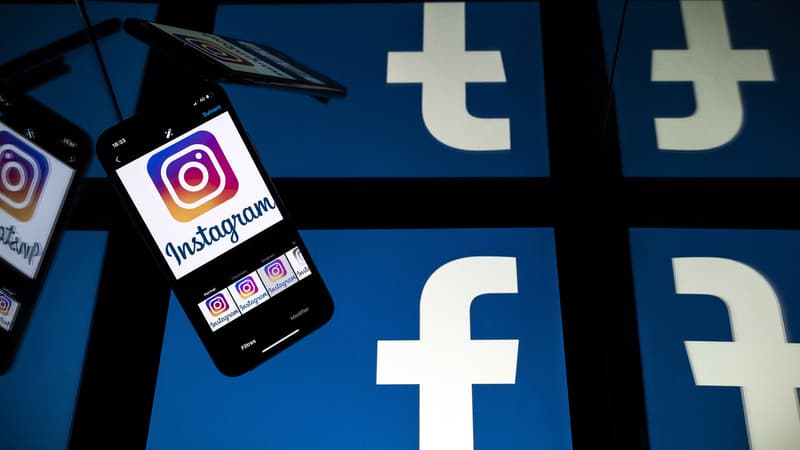“The idea is to improve the authenticity and security of our services.” Mark Zuckerberg announced this Sunday the creation of a subscription for the social networks of the Meta group. Called Meta Verified (“Meta verified” in French), this option gives access to the verification of a person’s accounts, both on Facebook and Instagram.
Heavily inspired by the paid certification launched by Elon Musk on Twitter, Meta Verified promises to better protect users of Meta group platforms against the risk of identity theft through proactive monitoring. There is also progress in privileged access to customer service in the event of a problem.
Awarding a blue mark
As for Twitter Blue, it’s all about gaining visibility. Messages, photos and videos posted by subscribers to the new Facebook and Instagram service will benefit from increased exposure. They need to be at the top of search results, reviews, and recommendations to reach a larger audience.
All its advantages are underlined by the assignment of a blue mark. But to have access to it, the Meta group asks the user to provide their identity card. This implies that subscribers must display their real name on their profile. Changes to the username, date of birth or profile photo will not be possible and will trigger a new verification process. At least for the moment, assures the Meta group in a press release.
Currently only available in Australia and New Zealand, the Meta Verified service is offered for $11.99 per month. This amount only applies to users using a web browser. Mark Zuckerberg has taken over Elon Musk’s strategy of charging more for subscriptions from a smartphone to pass on the taxes applied by the Apple and Google app stores. On mobile, it will therefore cost $14.99.
The Meta Group excludes companies from this offer. They won’t be able to access it at launch, but should be integrated later, suggests Mark Zuckerberg.
A “strange mix”
But for Carolina Milanesi, an analyst at Creative Strategies, this paid formula lacks consistency. According to her, Meta Verified brings together solutions to the needs of different types of users: authentication for official bodies and personalities, promotion for influencers, and security that “should apply to everyone,” she believes.
The start-up of this payment device comes after a first drop in advertising revenue for the Meta group last year. The company’s strategy is thus framed in a context in which the historical social networks see their number of users grow, but their revenues fall.
Source: BFM TV


